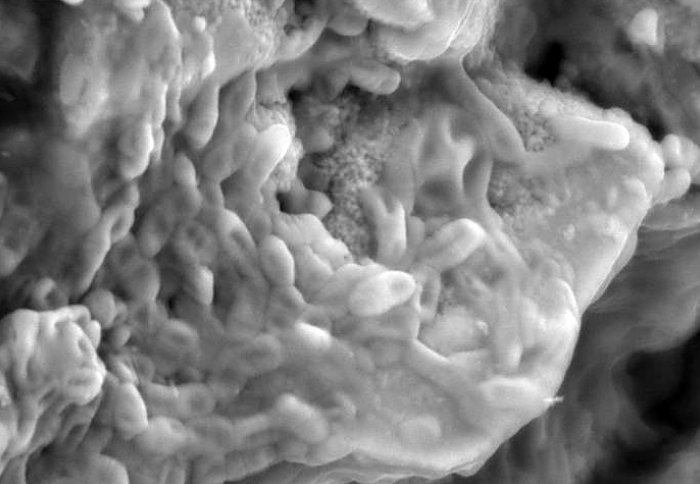The Great London [Search results for Early Birds]
Palaeontology: Fossilized dinosaur brain tissue identified for the first time

Fossils: Mammal diversity exploded immediately after dinosaur extinction

Oceans: Almost all seabirds to have plastic in gut by 2050

Recommended Reading: 'Map of Life' predicts ET, so where is he?

Fossils: Dinosaur fossil investigation unlocks possible soft tissue treasure trove
